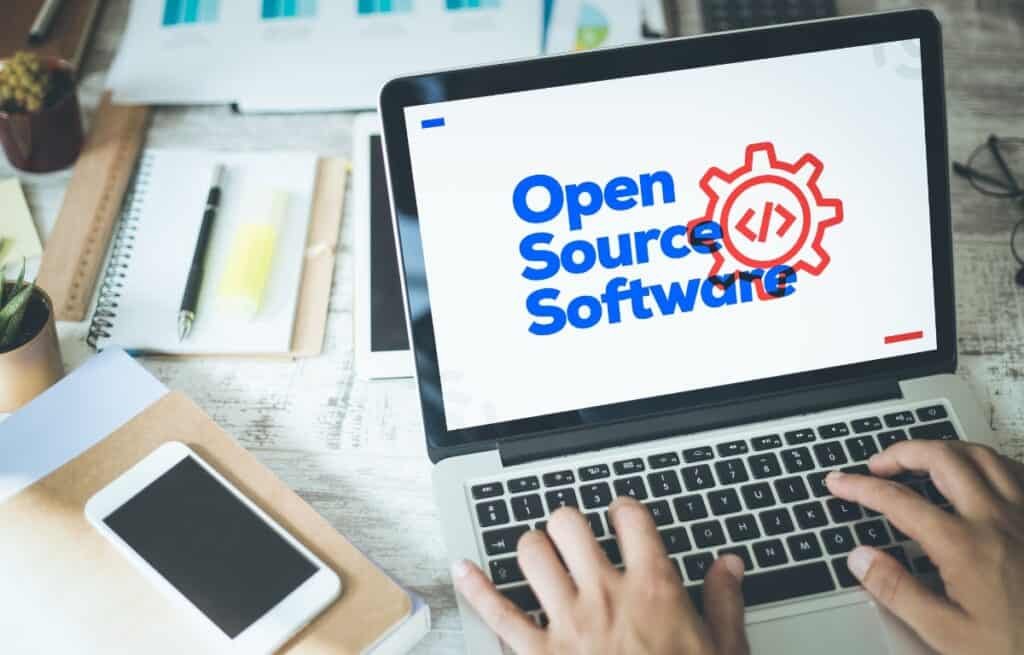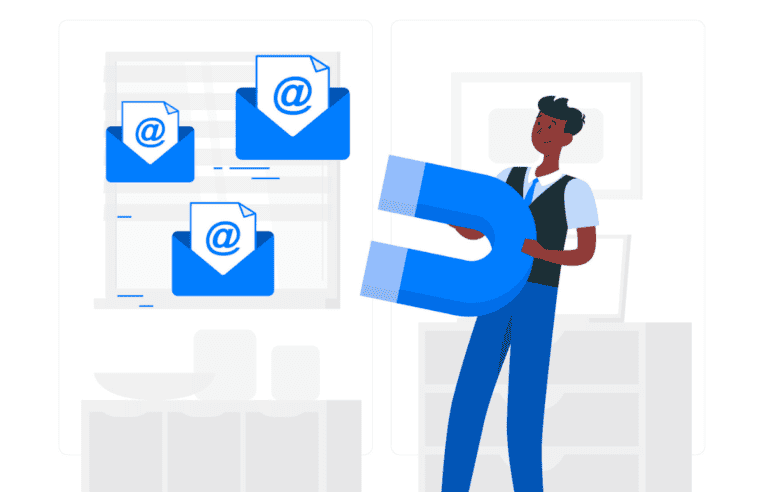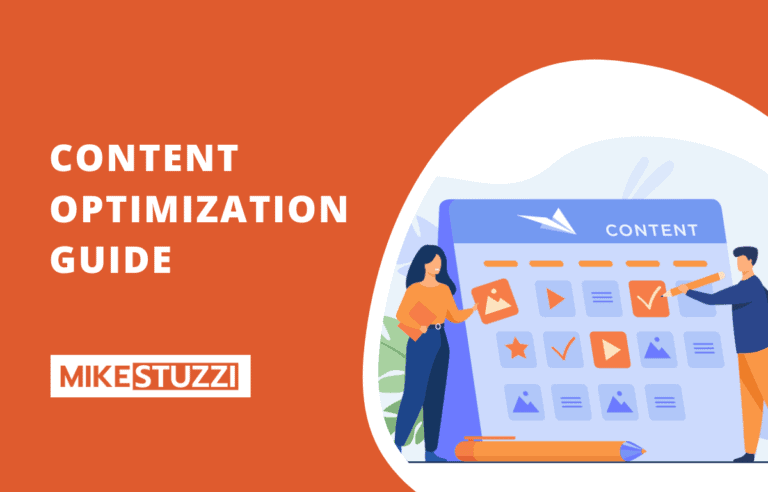How to Start a SaaS Business with No Money
Software as a Service (SaaS) has become a popular business model in recent years that allows companies to offer software solutions to customers through a subscription-based model. Starting a SaaS business can be a lucrative venture, but it can also be a costly one.
Still, it’s possible to start a SaaS business with limited resources. You can begin with zero external financing or just personal funding and then build your way up as you attract more users and generate revenue.
In this article, I’m going to outline the steps to start a SaaS business with little to no money and provide tips for success along the way.
Can You Really Start a SaaS Business without Money?
Yes, it’s possible to start a SaaS business without money from external sources, but it will require a lot of hard work, creativity, and resourcefulness. You’ll need the technical skills for crafting and maintaining the product if you aren’t hiring someone to do it.
You have to keep in mind that investing money serves as an alternative to investing time and effort. The more you invest in terms of cash, the less time you’ll spend working on your business.
So, starting without enough funds requires more work compared to a SaaS startup with access to adequate funding (a business growth accelerator). It could also take you longer to see your desired results.
Read also: Motivational Quotes about Starting a Business
How to Start a SaaS Business Without Money
Below are the steps to launch your new SaaS business with limited resources.
1. Identify a Profitable Niche
With or without money, you need a profitable SaaS niche. To identify a lucrative niche, you’ll have to find a target audience with a specific problem that can be solved through software.
Start by researching industries or sectors that are experiencing growth or undergoing significant changes. Look for gaps in the market or areas where existing solutions are lacking, such as a specific industry vertical, a particular demographic group, or a niche market segment.
You could also conduct surveys, interviews, or focus groups to gather insights from potential customers. Understanding their pain points, challenges, and needs will help you validate your idea and ensure there’s sufficient demand for your SaaS product.
Additionally, keep an eye on emerging trends and technologies that can create opportunities in untapped markets. Look for areas where technology or AI can automate repetitive processes, improve efficiency, or enhance user experiences.
It would be wise to strike a balance between a niche that is narrow enough to stand out and attract a specific audience, but also broad enough to have a large enough customer base to sustain your business.
2. Build a Minimum Viable Product

A minimum viable product (MVP) can do a lot for you when it comes to costs if you’re starting a SaaS business with no money. Simply put, an MVP is a basic version of your product that solves the core problem for your target audience.
Going the MVP way is useful if you want to test your idea in the market, gather feedback, and validate demand before investing significant time and resources into building a fully-featured product.
To develop an MVP, you need to:
- Identify the essential features that address the primary pain points of your target audience: It’s only when you understand the needs and preferences of your potential customer that you can create a simplified version of your SaaS solution and still give value.
- Prioritize functionality over aesthetics: While a visually appealing product is important, your main focus should be on creating a functional prototype that showcases the key features and benefits of your solution. This will help you save on SaaS development costs and time and quickly test your idea in the market.
- Keeping the MVP simple and focused: Avoid unnecessary features or complexities to make the development process easier and deliver a more efficient product. This not only helps in reducing costs but also allows you to gather user feedback more effectively because people will easily understand and interact with the core functionality of your product.
- Utilize free or low-cost development tools and templates: There are many resources available online that can help you build and launch your MVP without a significant financial investment. Additionally, you could seek out developers willing to work on a revenue-sharing or equity basis to reduce upfront costs.
3. Use Open Source Software

Using open-source software is a great way to start a SaaS business without spending money on licensing fees. Open-source software refers to software that is freely available and can be modified and distributed by anyone.
Below, I’ll share some key points to consider:
- Pick the right open-source software: There are numerous open-source software options available for various purposes. Research and identify the software that aligns with your business needs. For example, if you need a CRM system, you can go with open-source options like SuiteCRM or SugarCRM.
- Customize the software: Open-source software allows you to modify and customize it to match business branding, functionality, and other requirements. The customization process may require your technical expertise or the assistance of developers who are familiar with the software.
- Leverage the support of the open-source community: Open-source software often has a vibrant community of users and developers who can provide support and guidance. Be sure to participate in forums, mailing lists, or online communities related to the software you are using. Engage with other users, ask questions, and seek help when needed.
- Contribute to the open-source community: Open-source software thrives on community contributions. If you have technical skills, consider contributing back to the open-source project by fixing bugs, adding features, or providing support to other users. This can help you build relationships within the community and gain recognition.
Remember, while using open-source software can save you money on licensing fees, you may still incur costs related to hosting, infrastructure, development, and support. However, leveraging open-source software can significantly cut your initial startup expenses and solidify the foundation for your SaaS business.
4. Bootstrap Your SaaS Business
Maybe you want to start a SaaS business without someone else’s funding but rather with what you have. You can do so by bootstrapping.
Bootstrapping your business refers to starting and growing your business without external funds or relying on outside investors. The approach is to use your own resources, be frugal, and find creative ways to finance and sustain your operations.
Bootstrapping can be a viable option for entrepreneurs who want to maintain control over their business and avoid taking on debt or diluting ownership.
One strategy for bootstrapping your business is to start small. You’ll need to begin with a lean and minimalistic approach.
Focus on the main aspects of your business and avoid unnecessary expenses by working from home rather than in an office or even outsourcing tasks to freelancers instead of hiring full-time employees.
Also, leverage existing resources such as your own skills, expertise, and time to develop and launch your SaaS product. If you have programming or design skills, you can save money by doing the initial development work yourself.
5. Offer a Freemium Model
Offering a freemium model can be an effective strategy for starting a SaaS business without money. The freemium pricing strategy is all about offering a free basic product or service and then requiring payment for any extras that expand functionality.
Here’s what a freemium model can help you accomplish:
- Attract a wider audience: By offering a free version of your product, you can attract a larger number of users who may be hesitant to pay for a new and unproven solution. This increases your reach.
- Showcase the value of your product in advance: A freemium model allows potential customers to experience the value and benefits of your product firsthand. It gives them an opportunity to explore its features, functionality, and usability, so they gain your trust before committing to a paid option.
- Drive word-of-mouth referrals: When users find value in your free product, they are more likely to recommend it to others. This can lead to organic growth through word-of-mouth referrals.
You need a careful balance between the free and premium versions of your tool. While the free version of your product may have limitations, it should still provide enough value to engage users and entice them to upgrade to a paid subscription.
Other than that, you can use the free version as a way to grow your user base and monetize your platform in other ways, such as displaying ads. You can later use the money to improve your business operations and enhance the available features.
6. Focus on Free Marketing Channels
There are several free marketing channels through which you can start and grow your SaaS business organically without costly advertisements. Below are some organic growth and acquisition methods to use:
- Content marketing: Leverage content marketing strategies to attract and engage your target audience. Create valuable and informative content such as blog posts, whitepapers, case studies, and videos that address their pain points and provide solutions.
- Search engine optimization: You can teach yourself the best SEO practices to help your blog content rank on Google without ads. Refer to my guides on SEO for beginners, content optimization, and SEO automation for more insights on this.
- Social media: It’s best to build a strong presence on relevant social media platforms where your target audience is active (e.g. Instagram for a graphic design SaaS product that helps create visual content). Share valuable content, engage with your audience, and participate in relevant conversations to build brand awareness, establish credibility, and generate organic leads.
- Partnerships and collaborations: It’s possible to find partnerships with complementary businesses or influencers in your industry. Collaborate on joint marketing initiatives, co-create content, or cross-promote each other’s products to boost your brand visibility without paying for promos.
- Provide exceptional user experience and customer service: if you deliver outstanding customer support, you get a chance to build strong relationships with your early customers. Happy customers can become advocates for your product and help you generate more organic growth through referrals.
7. Do It the Crowdfunding Way
Crowdfunding can enable you to raise money that finances your SaaS project for a large number of people. Usually, people will donate amounts like $5, which can add up within some time.
Unlike a loan, you won’t be required to pay back funds that come from crowdfunding (either reward-based crowdfunding where you can offer access to your SaaS product in return, or donation-based crowdfunding). The reason is that the contributions will mostly come from regular Internet users out of goodwill rather than from lenders and investors.
Still, debt-based crowdfunding, also called crowd lending exists. It means that you’ll be borrowing money from a large group of investors to pay back when your business is more stable.
The other idea is equity-based crowdfunding whereby you sell a stake in your SaaS business to a number of investors so they invest in you. While you’ll give out equity, it won’t be to one or two specified venture capitalists or institutional investors and you’ll retain larger ownership.
However, it’s worth noting that crowdfunding, especially the donation-based option, isn’t a guaranteed source of funding. It requires you to put in significant effort and preparation to create a successful campaign. You’ll need to create a compelling pitch and promote your campaign through various channels to attract backers.
Additionally, crowdfunding platforms typically charge fees and take a percentage of the funds raised. And so, you’ll have to account for these costs when planning your campaign.
Should You Start a SaaS Business without Money?
In my opinion, only start a SaaS without money if you don’t have it at all and lack ways to find it. Other than that, investing money is how you can access the best developer tools and talent to build a good product, see quick progress in your SaaS business, and get profits sooner.
You can still start something that serves as the foundation of your SaaS, such as a free online tool in your niche (preferably offering the basics of your dream SaaS product). For instance, you can create a simple content scoring tool for blog posts to later turn into a full-feature on-page content optimization tool that people pay to use.
You could make it a requirement for users to register to access the tool or results from the tool. This approach lets you build your email list for email marketing.
If you market this free tool well, it’s possible to grow the number of users and its popularity. In other words, you can monetize the free tool in other ways such as display ads and affiliate marketing, or get the numbers to share with potential investors for funding (both approaches can raise the required funds for you to upscale your product).
Conclusion
Starting a SaaS business with limited or no money can seem like a daunting task, but it’s definitely possible. All you need to do is utilize the strategies outlined in this article, such as leveraging free tools and resources, creating a minimum viable product, and using zero-cost marketing channels.
Doing so will enable you as an entrepreneur to launch your SaaS product without a significant upfront investment. But you have to keep in mind that starting a SaaS business requires a lot of hard work, dedication, and a willingness to continuously learn and adapt.
And if you don’t have or aren’t willing to invest a lot of money, the building process will require even more work and smart thinking to pull off. Results can also take longer to see.







